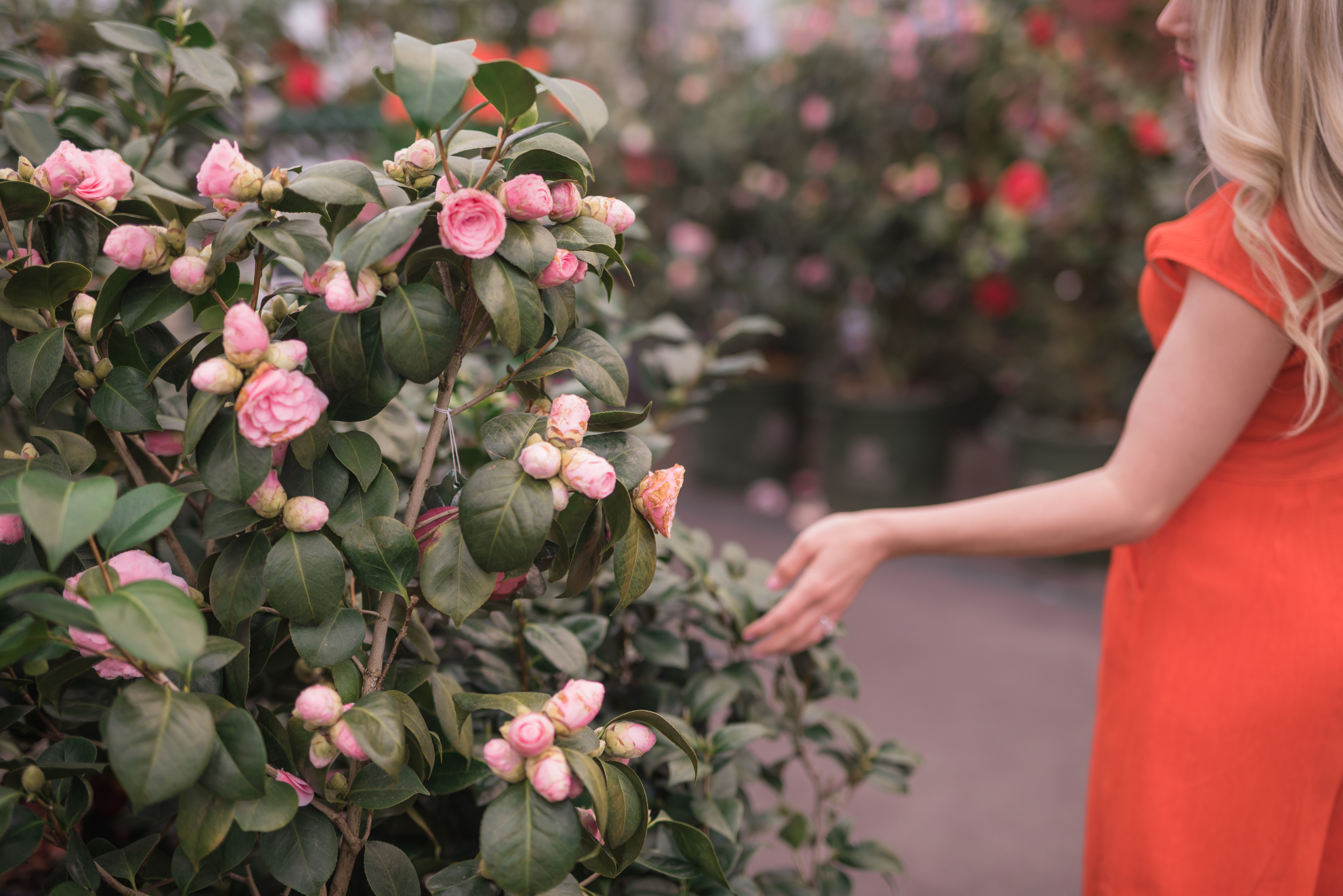
Hi friends! Today we’re sharing our third post within our garden series, In Full Bloom! Putting together this series has been a lot of work, but also really rewarding. Last week we broke down how we create, care and use planters throughout and around our home, possibly my favorite post within the series, and today is all about landscaping and how to choose the right plant and shrub for your location!
To be a successful gardener, it certainly helps to know a few basics. Though we’re no experts, we’ve spent hours upon hours reading books, online sources, asking way too many questions, visiting nurseries, befriending seasoned gardeners and planting dozens of flowers and shrubs of our own (killing them too). You’ll make mistakes and some things may not end up as green as you’d hoped, but don’t let that discourage you! Like anything, gardening takes practice and can be really rewarding when done correctly! 🙂 So, let’s get started.
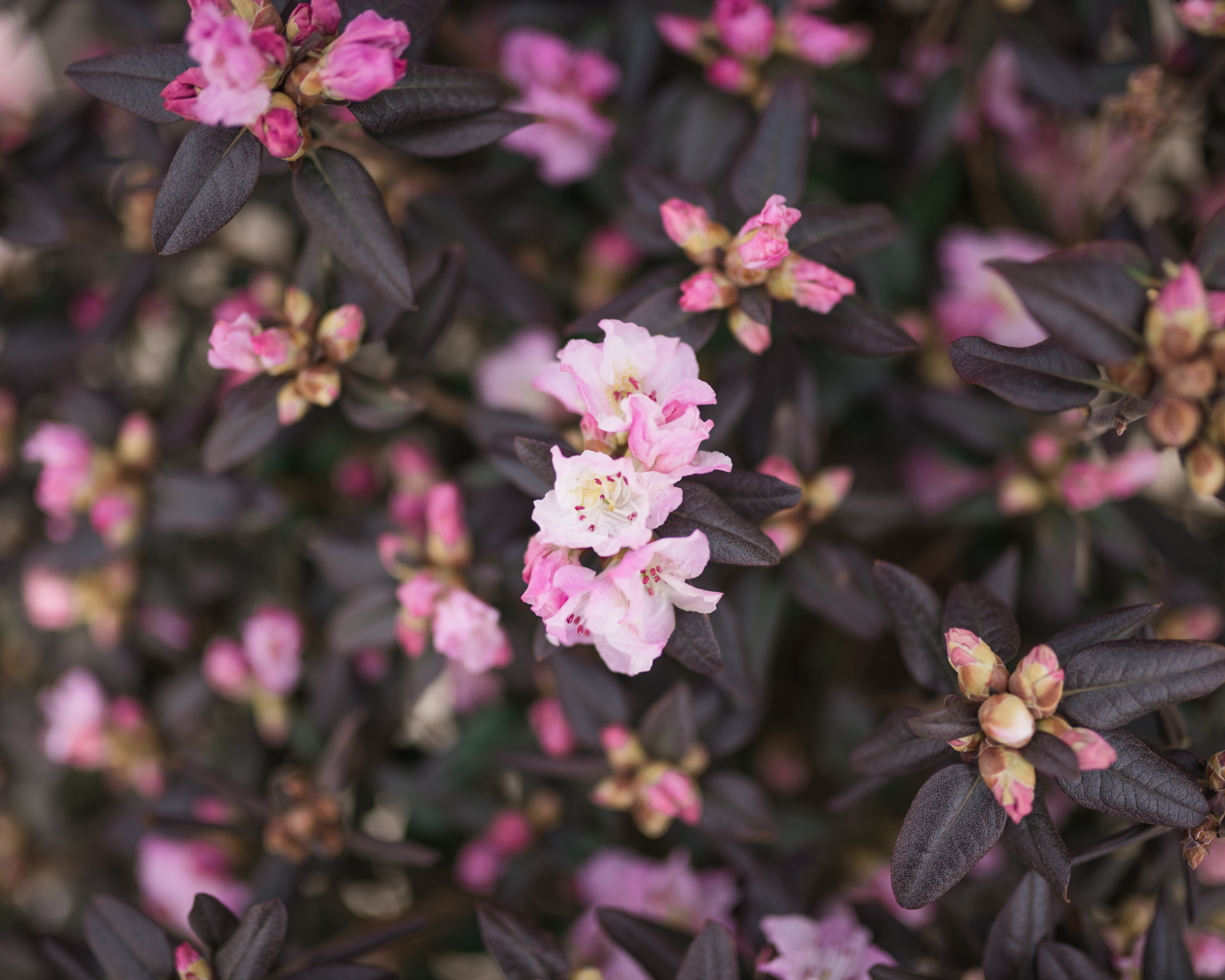
GETTING STARTED
Shrubs, flowers and tree varieties are such a wonderful asset, but choosing them can be a bit overwhelming – right?! Luckily, there are practical things to consider that will help you narrow down the field. Not every shrub can thrive in every environment (we’ve learned this the hard way), so choosing a shrub based on the below conditions are key to keeping it healthy and attractive!
1. Hardiness & Zone – The two most important things to consider! A plants ability to survive harsh conditions is referred to as their hardiness. This includes – soil, water and temperature extremes; temperature being the most important. The United States Department of Agriculture has devised a map that divides the U.S. and Canada into ten zones based on average minimum temperatures for a given area to which a plant can no longer survive. The zones are numbered from North to South and suggest the best areas in which to grow certain plants. How to read this map – if your garden is located in zone 6, and the zone notation for the plant you are interested in growing is 6 or lower (zone 4 and 5, for example), you can expect it to thrive in your garden. On the other hand, if the desired plant is hardy to zone 7 and zone 8, it will likely die in the first winter. A great example would be the ‘Jasmine Trellis‘ we planted alongside the brick of our garage last spring. Madison Jasmine’s plant hardiness is 7 to 10, which boarders Charlotte’s 5 to 10 zone, and sadly the entire right side didn’t survive winter. We new the risk we were taking, but remained hopeful. It was heartbreaking seeing something we invested so much time into not survive.
To reference your zone, see the below illustration by Sage Paper Co, or type in your zip code at this link. You can also click here to print out the below illustration to reference in the future! 🙂
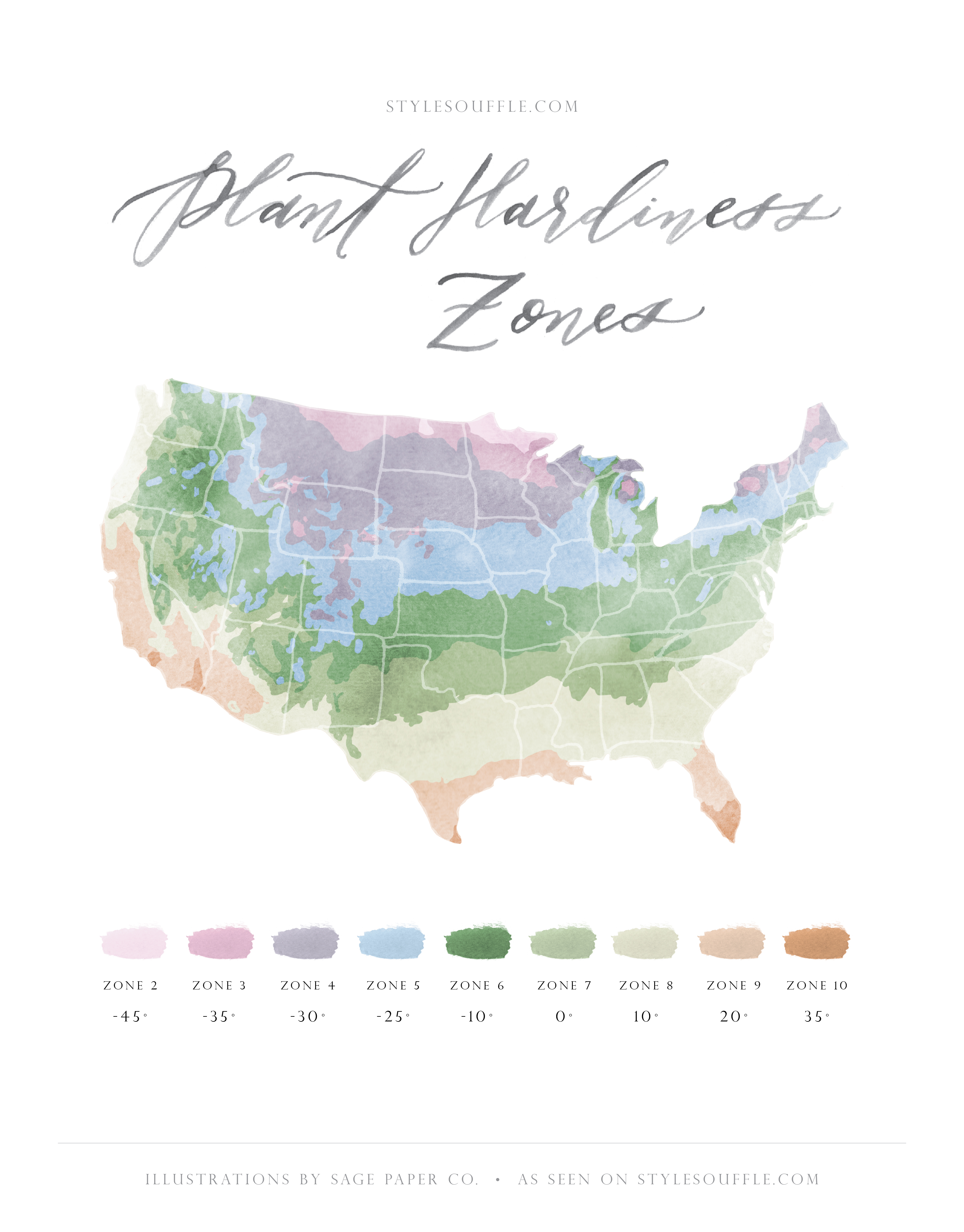
2. Sun & Shade – The next more important condition to consider is sun & shade! Most plants and shrubs will tolerate mixed conditions of sun and shade, but some do much better with more of one than the other. Flowering shrubs, need at least some sun in order to produce flowers. For shade lovers, the most desirable situation is the high shade provided by tall trees with no low branches (this allows light to filter evenly). Signs that your shrub is not receiving enough light include: lanky branches, sparse blooms and/ or leaning toward a light source. To determine the light available consider the following questions: How many (total) hours of sun does the desired area receive? Is it mainly morning or afternoon sun? Is it direct or filtered by trees? Take note of these things over several days and follow the plant label when purchasing or speak to someone at your local garden center.
3. pH Levels – This may seem a bit dramatic, but the soils pH is a very important factor to consider! The acidity and alkalinity of soil is measured by the pH scale from 1 to 14, with 7 representing a neutral level (man does this bring back Biochemistry days). Lower numbers indicate more acidity; higher ones more alkalinity. To keep things simple, pH levels influence the degree to which vital minerals in the soil (calcium, magnesium and iron) are available for plants to absorb. While you can’t fool Mother Nature, you can slightly alter the soils pH by adding adding lime for alkalinity or sulfur for acidity (be careful not to use more than what is recommended or you’ll kill the shrub). We love Espoma’s Organic Soil Acidifier and Garden Lime for alkalinity! Both are available at your local nursery. Coffee grounds are also great for making soil acidic – so coffee lovers, save them! Also, don’t expect to permanently alter a soils pH. Beds will slowly return to their original pH. At the end of the day, it’s best to choose a shrub that is suited to the natural conditions of your garden.
Tip: Azaleas, rhododendrons, hydrangeas, camellias, blueberries and strawberries are all acid loving plants! Their leaves turn yellow in neutral or alkaline soil because they cannot get the iron they need. Lower the soils pH with soil acidifier.
4. Watering – This is important for obvious reasons, but did you know that most gardeners do not water correctly? We had so many issues with under/ over-watering last year and it cost us a great deal of time and money. Garden plants die more often because of a lack of water than for any other single reason. Standing in the garden and sprinkling the tops of the plants each evening is not enough (in fact, most plant prefer not to be top watered)! You must get water to the root zone by soaking plants individually. Most plants love moist, well-drained soil. This allows them to stretch theirs roots deep into the soil in search of water. Do your research before purchasing a shrub!
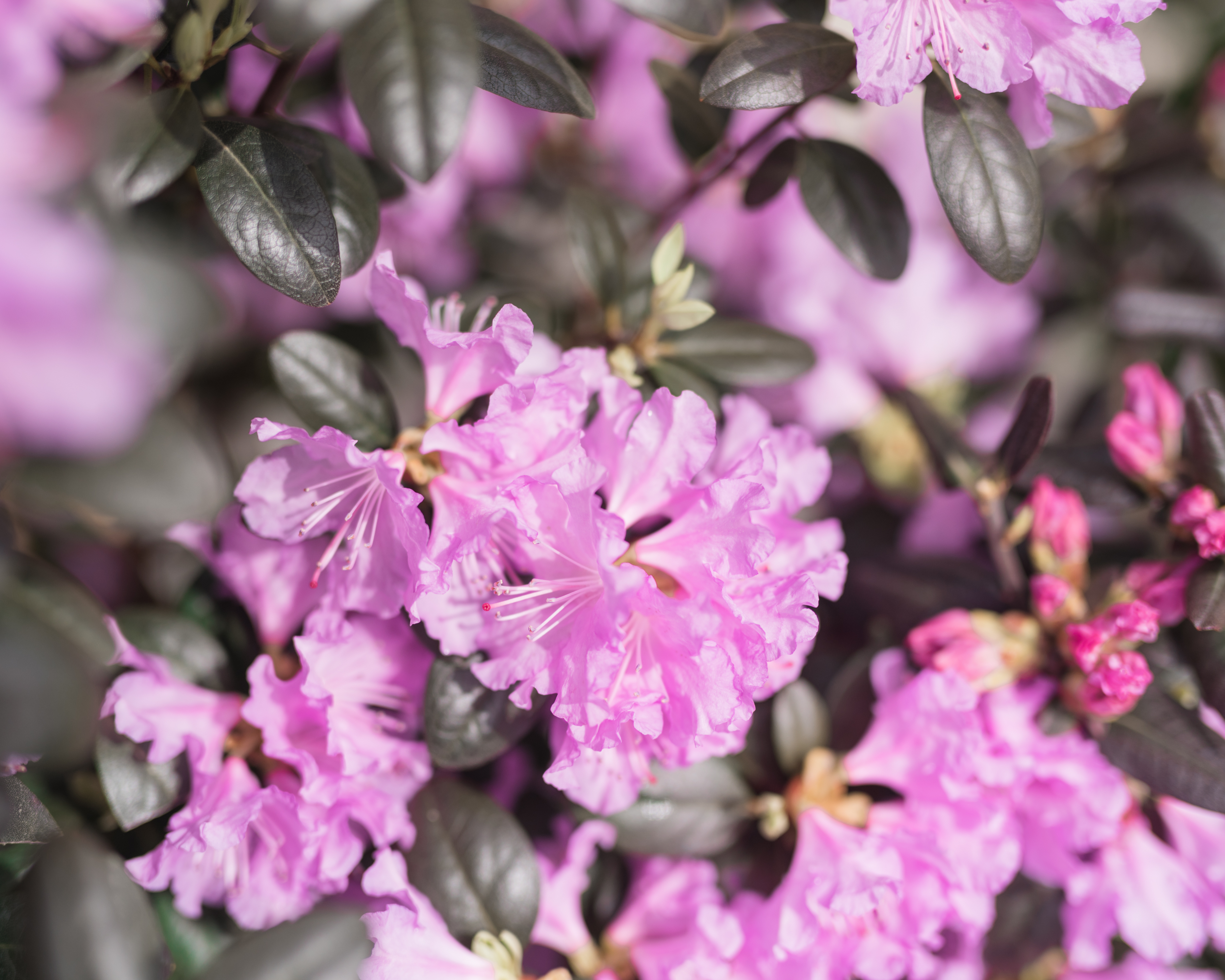
PLANT TYPES FOR LANDSCAPING
Shrubs
Shrubs are woody, perennial plants that are smaller than trees and usually have several trunks. The term “perennial” means their roots survive winter after winter, but their stems die back to ground level in autumn and grow back in the spring. It’s suggested that you cut off the dead stems in late fall, so that the plant can produce new stems and blooms in the spring.
Evergreens & Deciduous
Though arguable, we feel that evergreens are the backbone of every great landscape. These are the shrubs that don’t loose their leaves in the fall/ winter. For privacy, beds and hedges, we recommend having a variety that consists almost entirely (or at the very least half) of evergreens. They will keep your home and garden beautiful all year long!
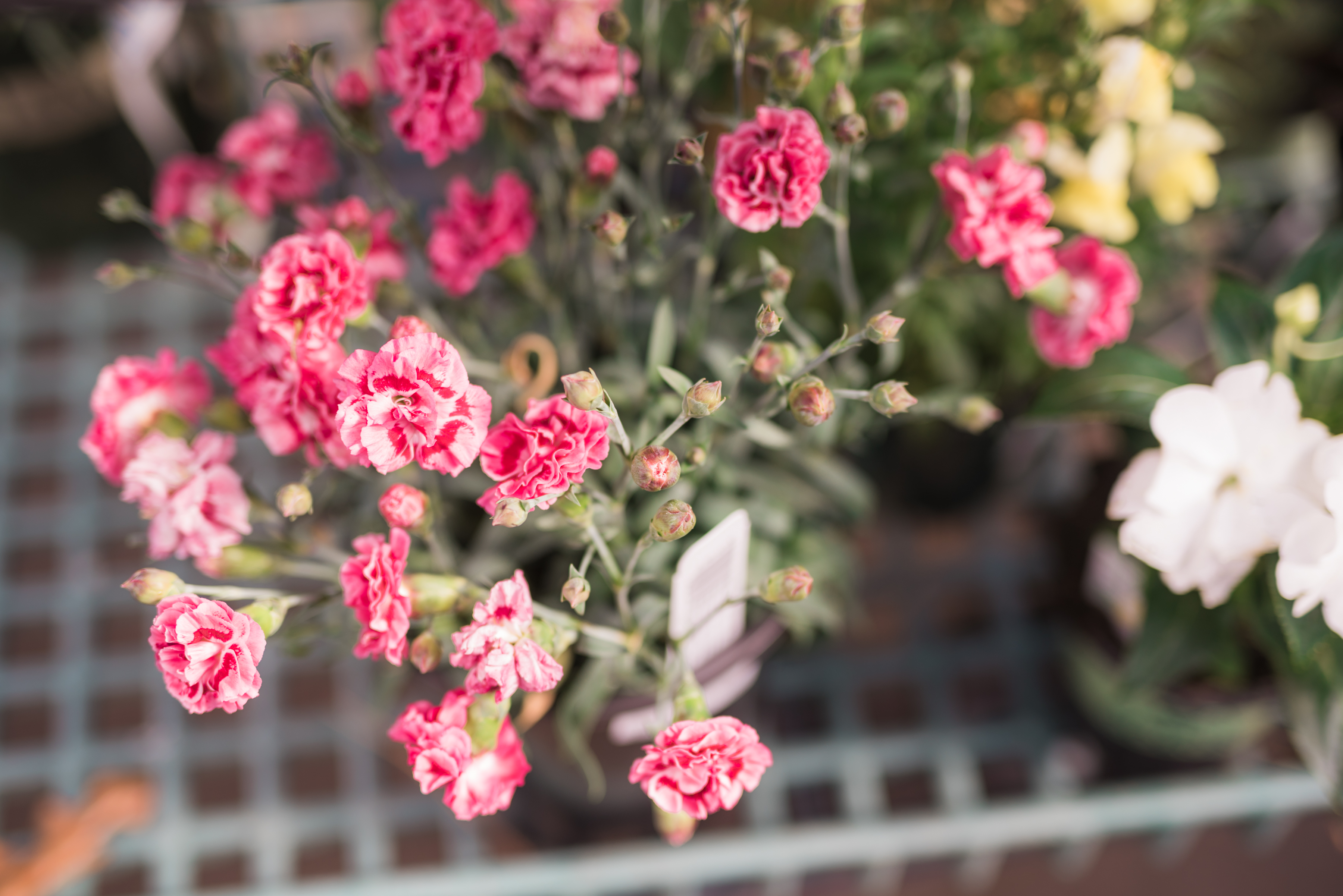
Now that you know have an understanding of your region and the area you will be planting, you can consider the type of landscape you want to create. Whether you are starting a garden from scratch or making just a few changes in your landscape, it pays to think about the elements of design. Below is a guide of the different shrub shapes. We worked with Alexa at Sage Paper Co. to create a beautiful watercolor illustration that you can print out and use when designing your landscape! We further included a list of the different plant types that we recommend for each shrub shape! 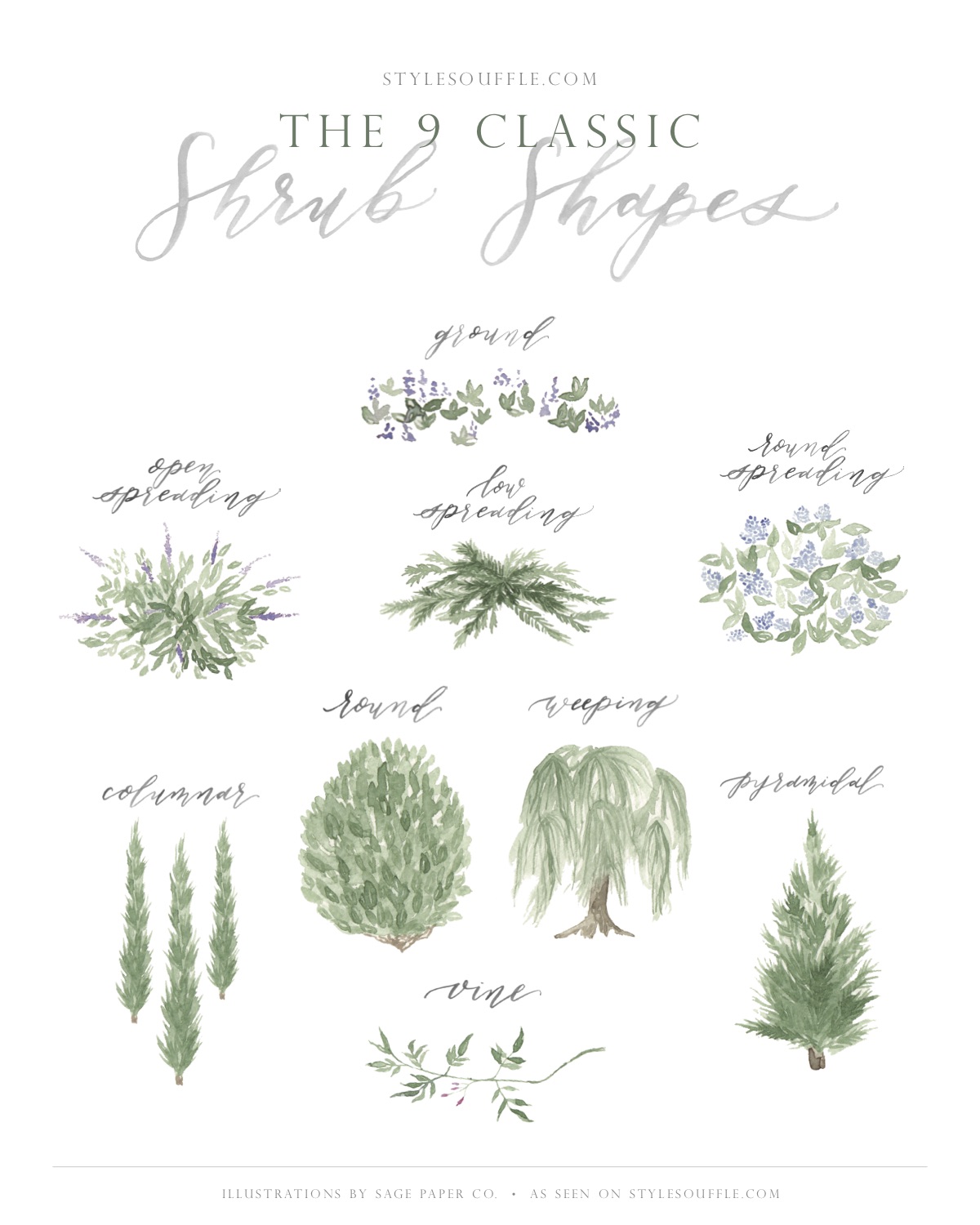
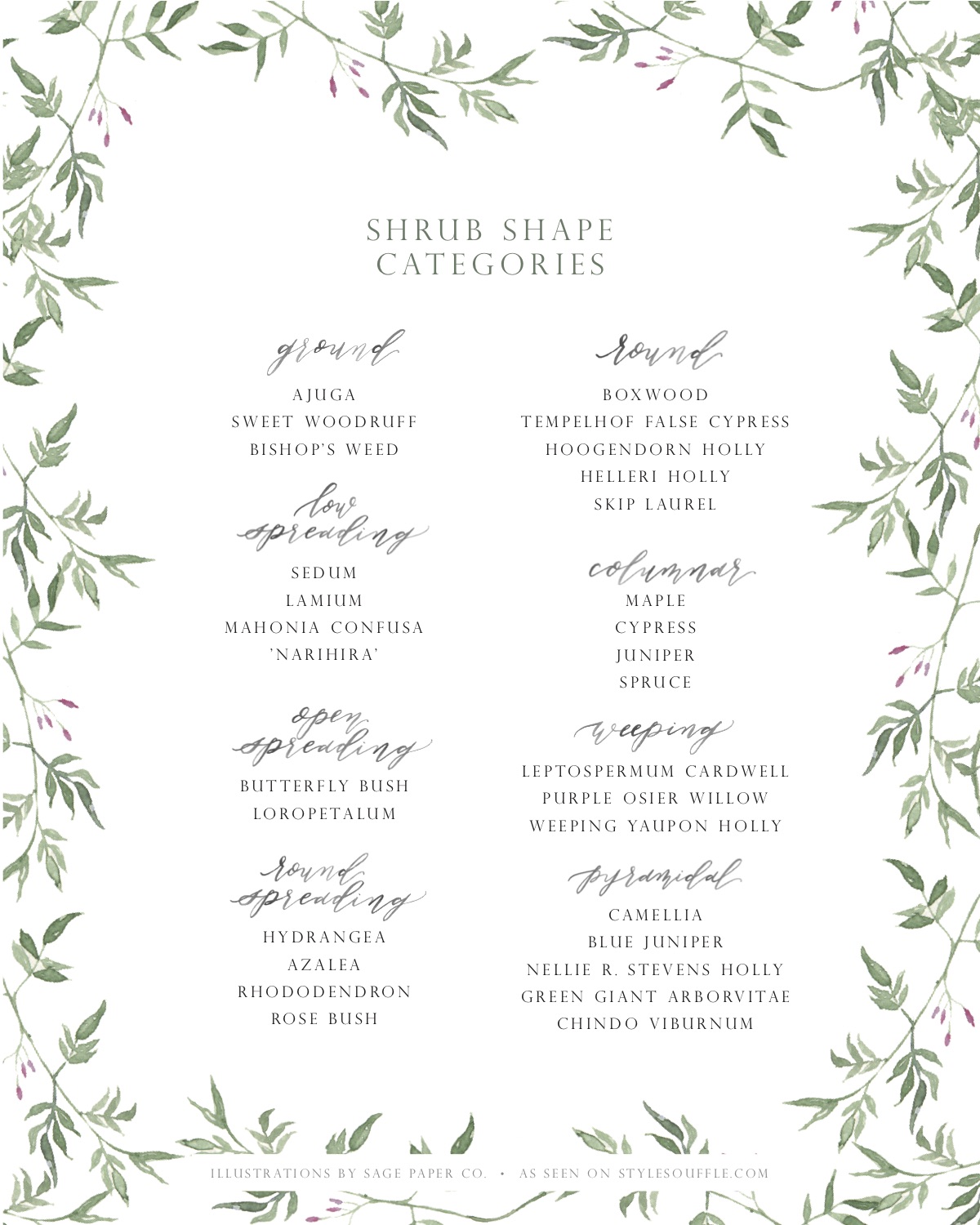
Next week we are sharing what we’ve learned on how you can use the above illustrations to create a beautiful landscape throughout and around your outdoor living spaces. Some of the topics we will be touching on include: mapping out spaces, formal/ informal designs, ground covers, height and shape, using flowering shrubs for color and more! We’re so excited to have y’all following along! As always, please let us know if you’ve enjoyed this garden series and found the information to be helpful! Your feedback helps us stay on track!
“Garden designs can be as varied as the tastes of their creators, and can be either formal or informal in style.”
Best,
The Drake Clan 🙂

These are SO good! and so helpful! I just scheduled these on my plant pinterest board to refer back to!
xo, Shelby